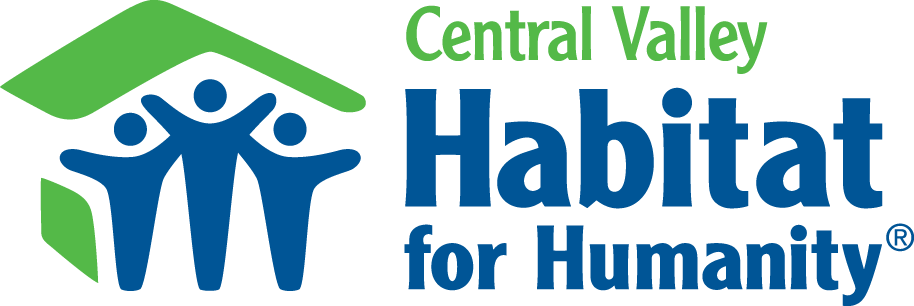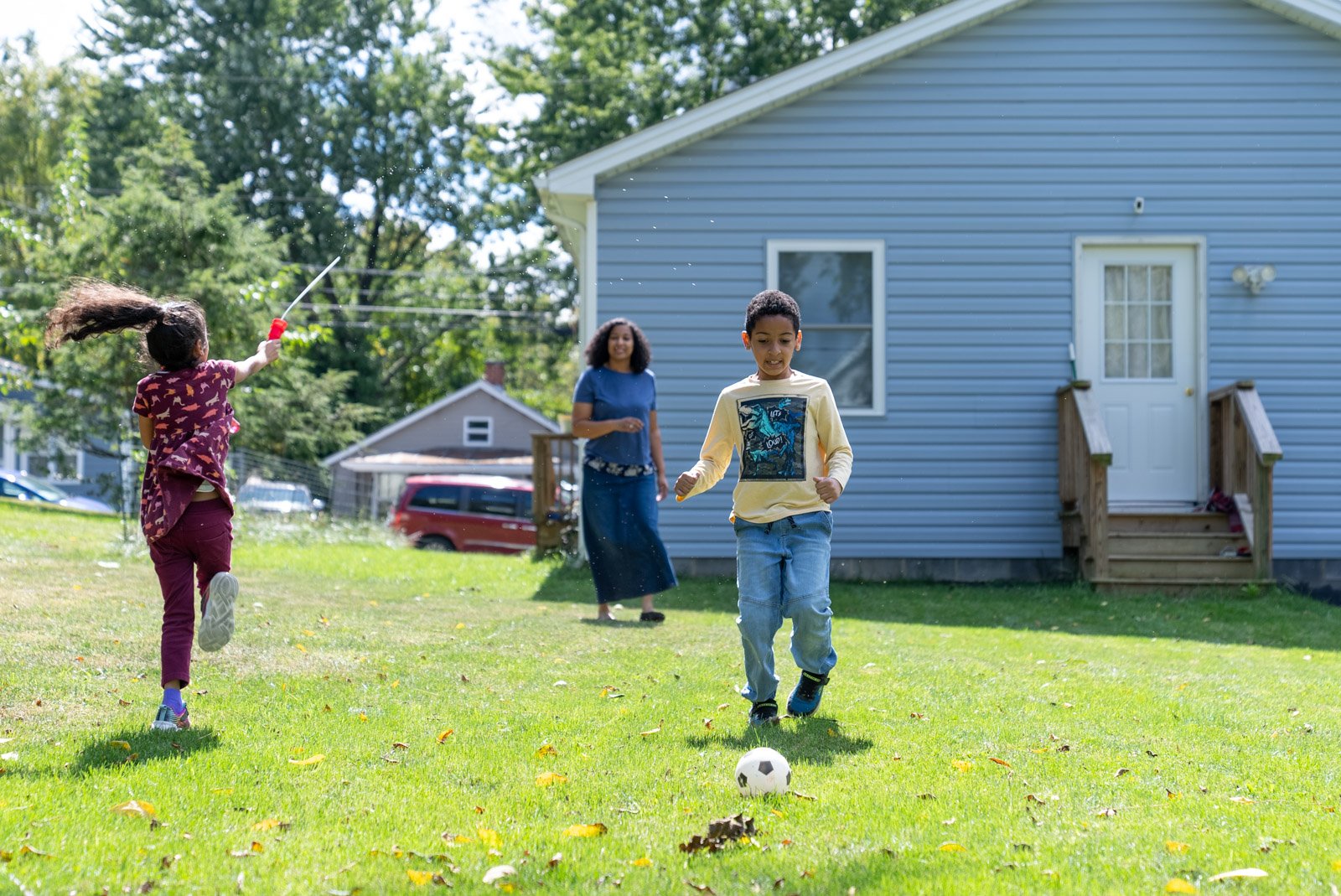Building Communities,
Building Hope
Capital Campaign for Central Valley Habitat for Humanity 2023-24
Jessy’s Story
Jessy was once a single mother of two living in her car. Jessy’s family now lives comfortably and securely in a Habitat-built home that she owns.
Challenges to Home Ownership
Rising interest rates & construction costs
Housing is the biggest single expense for most low-income families.
The Harrisonburg sales market is a very strong one with limited inventory on the market and a median days on market of two weeks.
Demand for off-campus rental units to accommodate college students exerts upward pressure on rental rates, pricing out non-student households.
Housing – An Urgent Community Priority
7,800+
The number of families below 80% of the Area Median Income in Harrisonburg & Rockingham County.
3,600+
The number of families who pay more than 30% of their income on housing costs.
As a result thousands of families experience economic stress as they attempt to pay rental prices.
*City of Harrisonburg Comprehensive Housing Assessment & Market Study 2020
Harrisonburg’s unique rental market keeps low-income families chronically unstable
Harrisonburg rental market dominated by universities
Friendly city with many ethnic groups (Russian, Asian, Hispanic)
Shortage of affordable rental units keeps families in poverty
The lowest income group has the smallest housing inventory available and affordable to them.
Renting a typical 3 bedroom in Harrisonburg -
$1,400
Average Monthly Habitat Mortgage -
$350
The Habitat Solution
Home ownership improves quality of life
Moves family out of poverty
Builds equity + wealth
Provides healthy living environment
Provides stability for children
Partnership model overcomes threshold barriers
Families make an affordable down payment or receive down payment assistance
Families help build their house by contributing ‘sweat equity’
Habitat offers 0% interest mortgages
The Importance of Volunteering
“…when people ask me about the best way to get involved, I tell them just come on out and help on the project. Habitat is a way to give a ‘hand-up’ - my parents got involved 30-some years ago, so as I grew up I was involved as a volunteer, and as I became an adult I continued to volunteer with my time and my pocketbook.”
-Ken Reeves
Impacts & Outcomes
On Families
Zero-interest loans for hard-working low-wealth families result in more home equity, lifting neighbors out of poverty
Habitat’s reinvestment of mortgage payments from these families helps fund new affordable homes going forward
Families learn to work on their home and become more self-reliant by taking classes offered by Central Valley Habitat for Humanity.
On The Community
Reduced number of families reliant on public assistance
Greater likelihood of children becoming educated to “break the cycle” of poverty
Growth of the Harrisonburg middle class
Habitat families contribute at least $134,000 in real estate taxes to the city and county every year
Vision for Suter Street -
The Habitat Neighborhood
Traditional model is one home at a time on an affordable vacant lot
Suter Street is a new vision to develop neighborhoods
Transform pockets of poverty into mixed-income communities
Partnered with PDY LLC
Habitat and the developer each build 11 homes (22 total)
Share costs of site work and utilities for the new neighborhood
Rapid housing expansion “exponentially” solves Harrisonburg’s low-income housing problem and alleviates rental market
Suter Street Details
North Harrisonburg, off Jefferson Street
Habitat has 11 lots, PDY LLC has 11 lots
Sharing infrastructure costs with PDY LLC.
Once infrastructure is finished, Habitat is funding the building of their units
Will provide 11 homes for families in need.
Project Timeline
Summer 2023: Site work & infrastructure
Winter 2023 – Spring 2024: Build 6 homes
Summer - Fall 2024: Build 5 homes
Campaign Budget
Infrastructure Costs $540,000
Materials: $550,000
Labor: $495,000
Construction Management: $110,000
Total Needed: $1.5 Million












